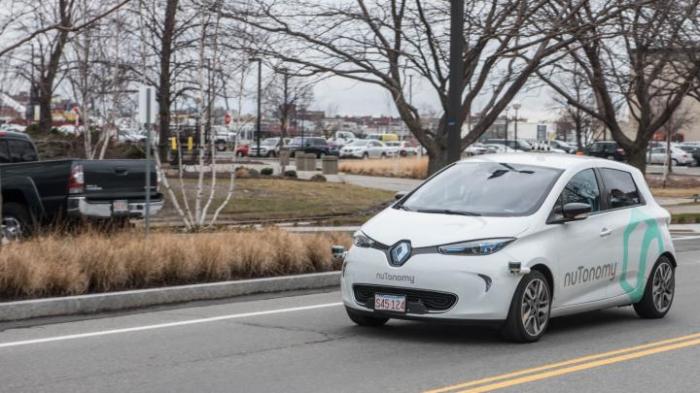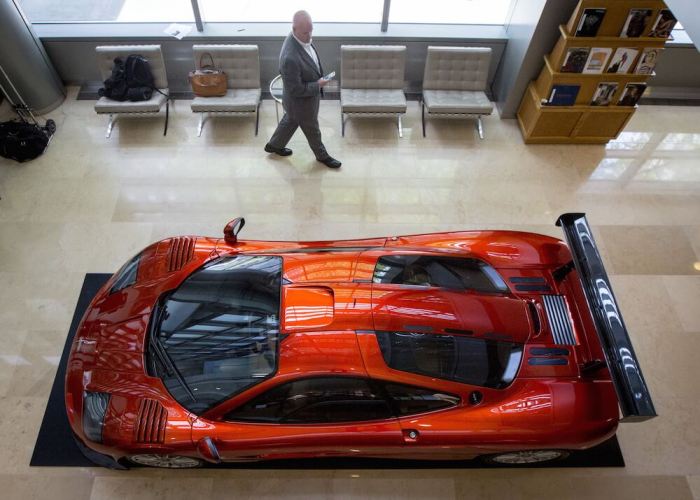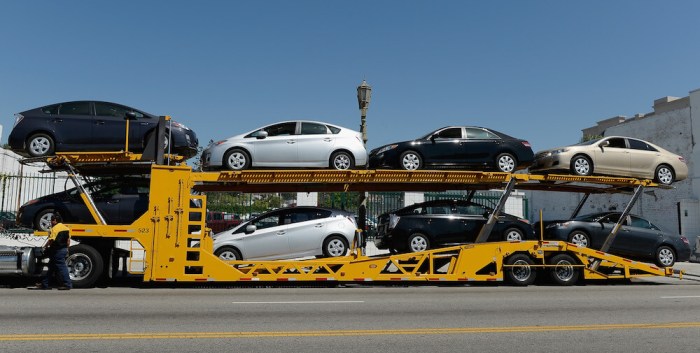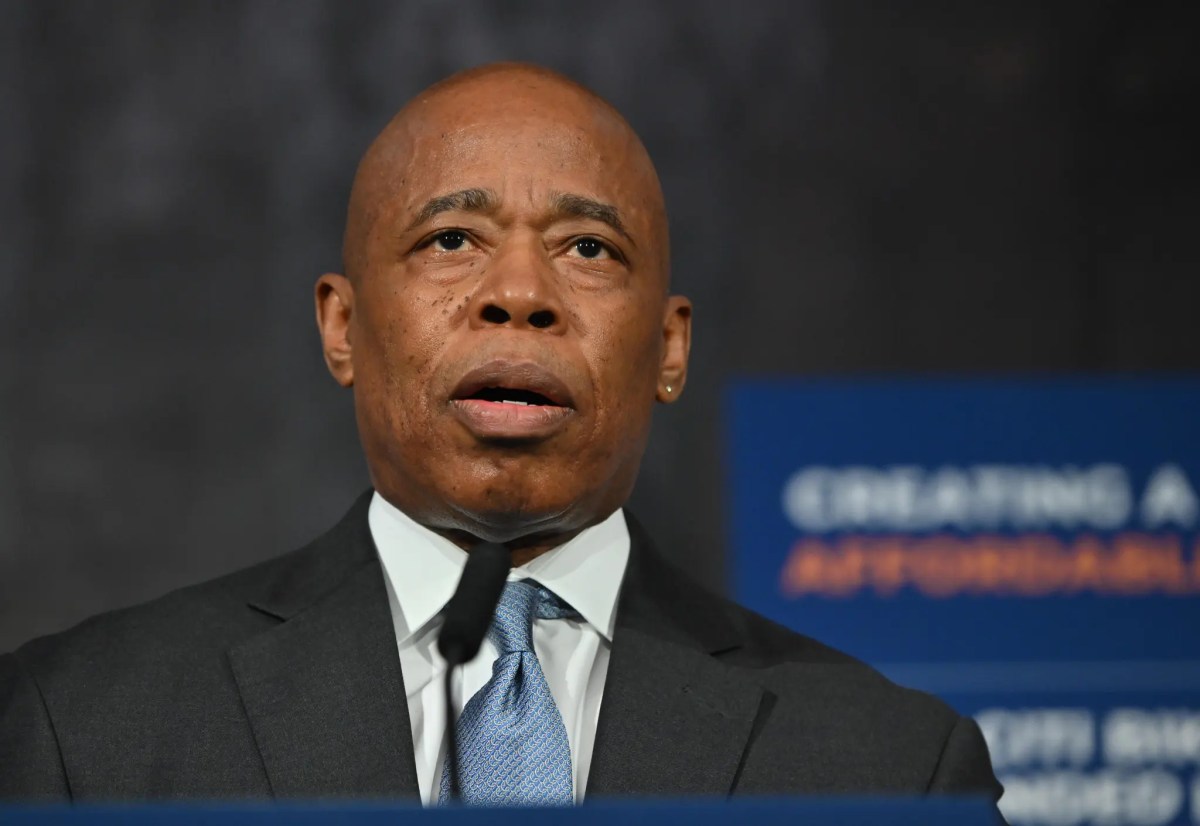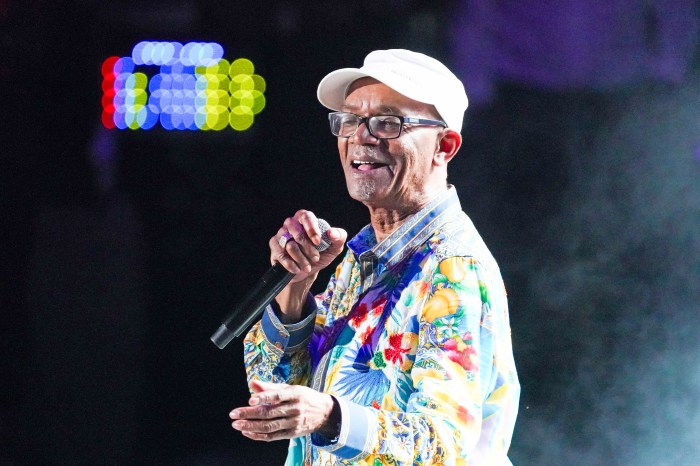The future is now in Boston — at least when it comes to self-driving cars.
The city announced Monday its partnership with nuTonomy, a Cambridge-based company, to begin testing self-driving cars on certain streets by the end of 2016. The company was founded by two robotics experts out of the Massachusetts Institute of Technology. The autonomous vehicles will collect data by driving around the Raymond L. Flynn Marine Park in the Seaport district. The park, which was formerly known as the Boston Marine Industrial Park, extends 191 acres along the South Boston Waterfront. “It’s an area that is a little bit less congested and trafficked than other parts of the city, but while still having a road network that is useful to the people testing this technology,” said Kris Carter, co-chair of the Mayor’s Office of New Urban Mechanics. “A car that operates there has to contend with other vehicles, buses, pedestrians, cyclists, and deal with those challenges.” Carter noted that restricting the test to that area means that these cars won’t have to handle more complex situations like six-way intersections within the city. Boston’s unique, non-grid layout, along with its challenging weather, were both interesting challenges that the researchers wanted to tackle. Testing will begin in the next few days and a nuTonomy engineer will ride in the vehicle to observe the system and take over control if that’s necessary, said a company spokesperson.
The company is focusing on one vehicle model for these tests: A Renault Zoe electric car that has been equipped with nuTonomy’s self-driving software, which grew out of research conducted in MIT labs run by the co-founders, Karl Iagnemma and Emilio Frazzoli. “Boston and Massachusetts are leaders in rethinking the future of transportation, and we are grateful for their partnership and support of nuTonomy’s efforts to develop a fleet of self-driving cars to serve the public,” Iagnemma said in a news release. The city will be able to monitor the effects of these autonomous vehicles to understand the ways in which they can help with safety, access and sustainability, which were the three core goals that came out of the Go Boston 2030 transportation plan, Carter said. “We heard resoundingly from residents that they want the roads to be safer, and if you look at the promise of automated vehicles, there’s upwards of removing 90 percent of crashes from our roadways,” he said. “Obviously we’re not there yet, but we felt that we needed to be at the table and actively helping the research agenda meet those goals.” Lisa D’Ambrosio, a research assistant at MIT’s AgeLab (separate from the MIT labs involved with nuTonomy) said her team has been focusing on how autonomous vehicle technology could help the city’s older population with mobility while allowing them to remain in their homes. “One of the things we’ve been talking about here is that while the technology development has been incredibly rapid and we’re seeing great movement of the technology to market, a lot of the policy and regulation around these vehicles, they’re still not there yet,” she said. “What are the kind of regulations around who can operate them? If they’re autonomous vehicles, can a 12-year-old? Can a 90-year-old who isn’t capable of operating a [regular] car?” When asked about this, Carter understood the concern and said that often, policy lags behind innovation.
“It’s not uncommon for policy to be reactive, and I think the mayor has been very good about thinking about how we do pilots and experiments to inform policies and regulations,” he said. “It’s an interesting layer of policy, because there are regulations at the federal, state and local levels.” There are still unknowns about how self-driving cars could affect public transportation in Boston, as well. The city envisions the technology as being “complementary” to public transportation, Carter said, but he also acknowledged that if things don’t go how they are anticipating, they could end up with more vehicles on the roadway than when they began. “We’re cognizant that this isn’t going to be easy. This is a huge technological hurdle, a transportation revolution,” he said. “Last year, 23 people were killed on our roadways in the city of Boston, and if we can reduce that, we should be taking every step possible to get there.”
Local startup will test self-driving cars on streets of Boston
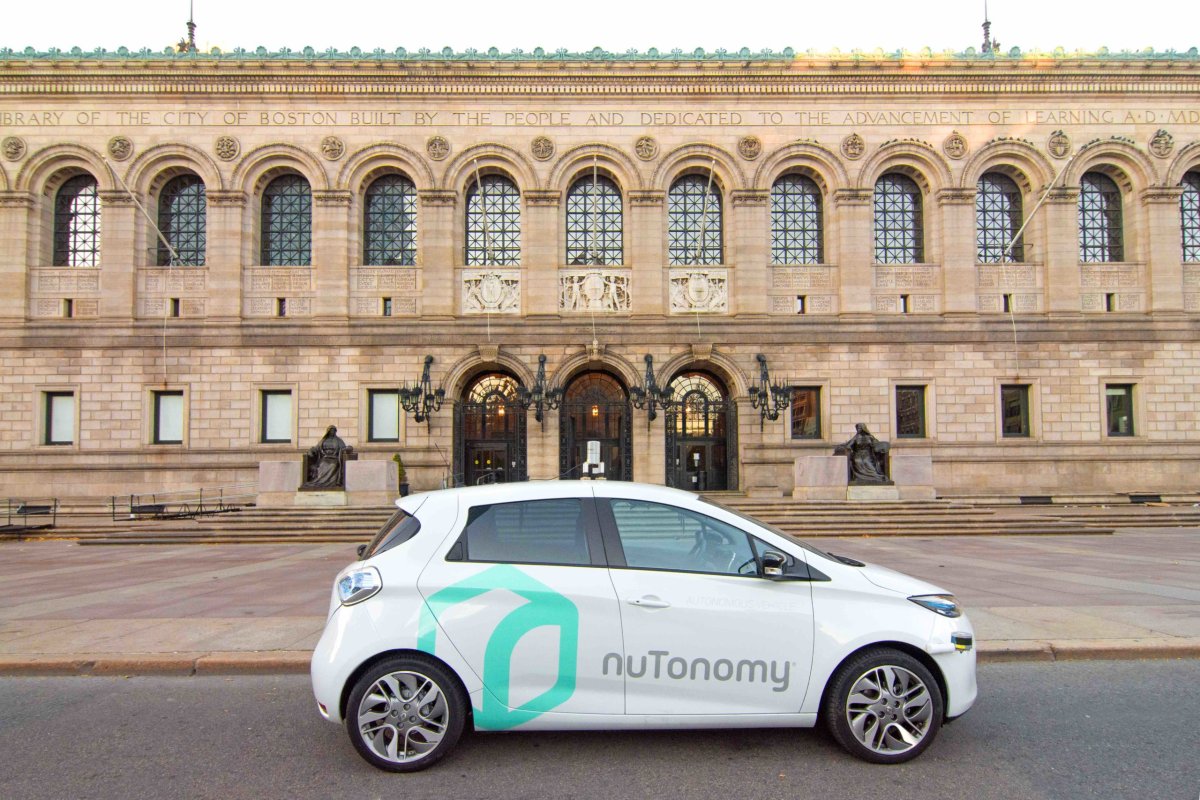
Courtesy of nuTonomy

